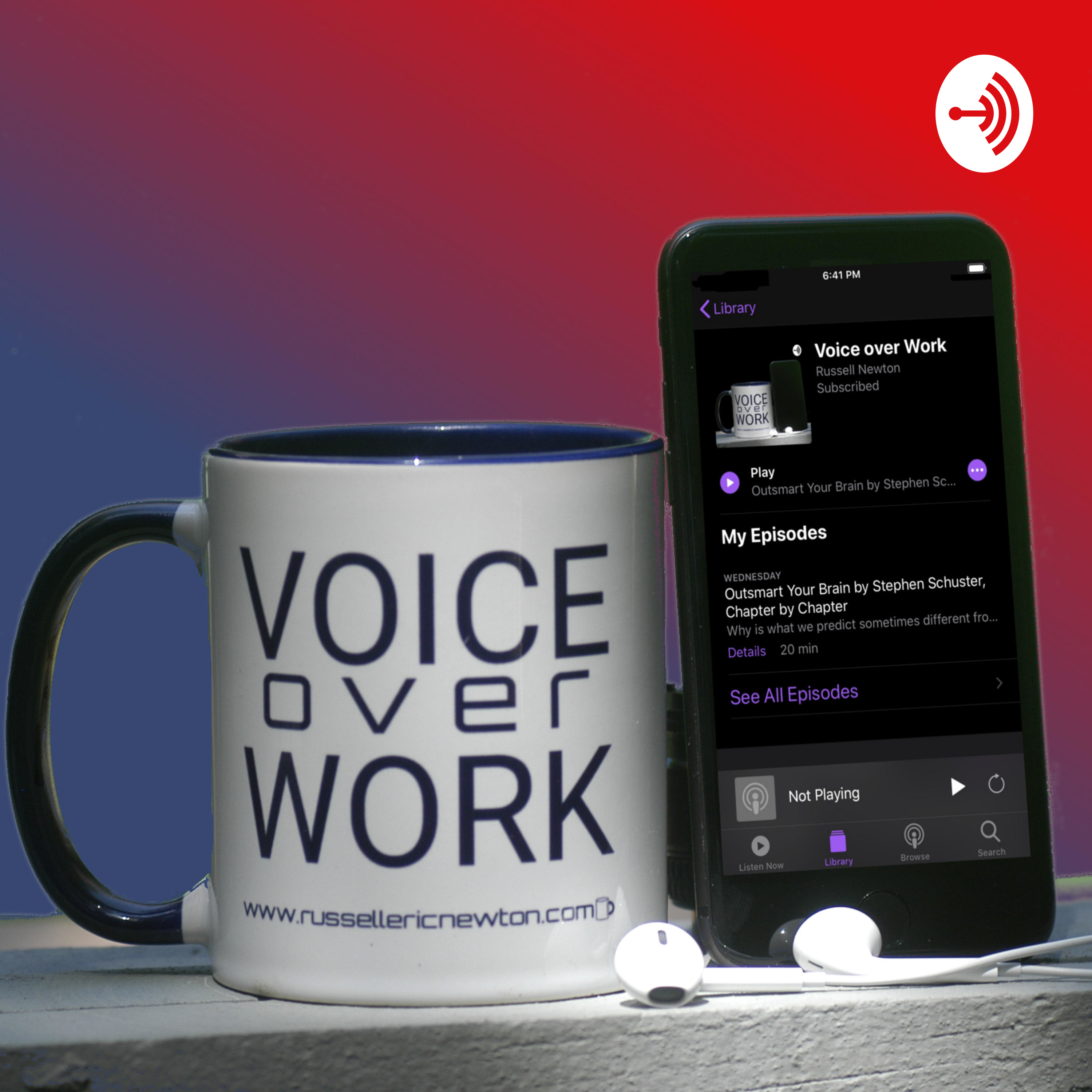How to Extract Info, Secrets, and Truth By: Patrick King
Learn to quickly read people and draw conclusions from seemingly innocent and easy questions. Some people are forthcoming, and others are not so much. Either they are guarded, or they are deliberately hiding something.
Hear it Here - https://bit.ly/ExtractInfo
Well, whatever the case, this book is how you crack them and learn exactly what they aren’t saying. Tips from FBI interrogators, psychologists, and famous lawyers. How to Extract Info, Secrets, and Truth turns you into an expert reader of intentions, behavior, thoughts, and emotions. The tips in this book are used by professionals to extract valuable knowledge worth millions of dollars.
You’ll read about body language, speed reading, thin slicing, and every other technique that has been scientifically proven. The goal of this book is to arm you with tools to uniquely understand and peel back the layers on people before they even know it. No one will be a puzzle to you anymore. How to subtly direct a conversation to exactly what you want. Exactly what to look and listen for. Patrick King is an internationally bestselling author and social skills coach. His writing draws of a variety of sources, from scientific research, academic experience, coaching, and real life experience. Protect yourself from those trying to probe you. The value of knowing how to extract information is in understanding human nature. That is the true purpose of this book. Once you know how people think, and what patterns tend to form, you’ll be armed with a powerful tool for the rest of your life. https://www.audible.com/pd/B094NZS81Q/?source_code=AUDFPWS0223189MWU-BK-ACX0-258377&ref=acx_bty_BK_ACX0_258377_pd_us #ExtractInfo #RevealTheirTrueThoughts #HowtoExtractInfo #Secrets #andTruth #RussellNewton #NewtonMG Extract Info,Reveal Their True Thoughts,How to Extract Info, Secrets, and Truth,Russell Newton,NewtonMG
Transcript
Being a better communicator is one thing,
but when you think about it,
so much of what we “say” to one another is far beyond the verbal language we share intentionally.
If you want to become better at reading people,
and understand them on a deeper level,
it’s necessary to go one step deeper than what we normally think of as communication.
In the chapters that follow,
we’re going to explore several subtle but effective ways to quietly gather information about the people around us – even and especially when they’re not deliberately sharing it! We’ll look at the power of observation,
how to master questioning techniques to your advantage,
and see what we can learn from interrogators,
interviewers and even cold readers and “psychics.”
But first,
we’ll start with something simply: merely looking at what’s right in front of you.
If you really look,
there’s a lot of information to be gleaned about the people you interact with.
The idea that people cannot help but reveal their true intentions and feelings one way or another is an appealing one.
People can say whatever they like,
but it’s always been understood that “actions speak louder than words” and that people’s facial expressions or body language can inadvertently reveal their deepest selves.
We are in effect communicating all the time,
sending out information about our intentions and feelings—but only a small fraction of this is verbal.
Observing people’s actions and behavior in real time is what we most commonly understand to be analyzing people.
It might seem natural to look to people’s physical bodies in space to intuit what’s going on in their heads,
and there’s plenty of scientific evidence to support these claims.
Physical appearance can tell you a lot about a person’s feelings,
motivations,
and fears,
even if they’re actively trying to conceal these.
In other words,
the body doesn’t lie!
Nevertheless,
this approach to understanding people’s motivations is not foolproof.
When we’re interacting with others and trying to understand what makes them tick,
it’s important to be cautious in making assumptions.
We’re all individuals,
and context is very important.
Though we can use various methods to read facial expressions and body language,
it pays to remember that no single piece of information is enough to “prove” anything,
and that the art of reading people this way comes down to taking a holistic view of the full scenario as it unfolds in front of you.

